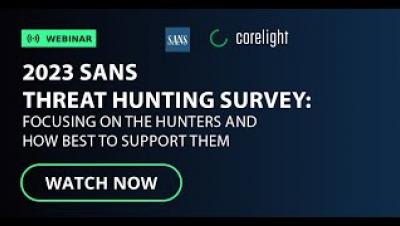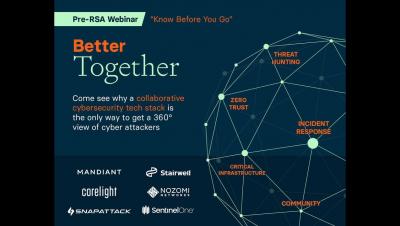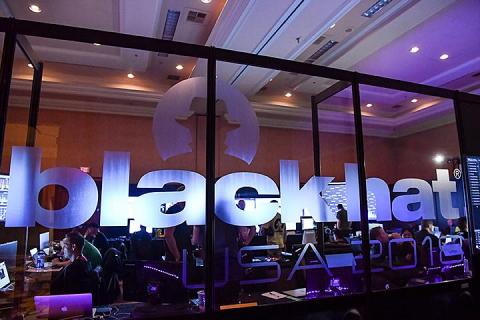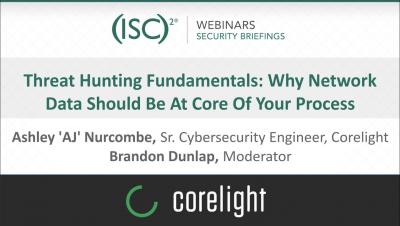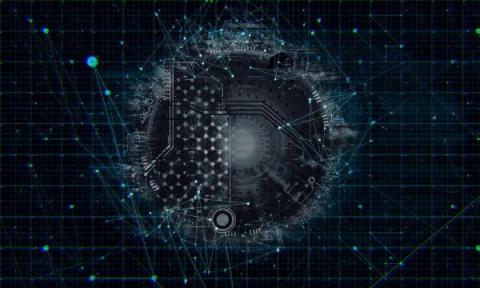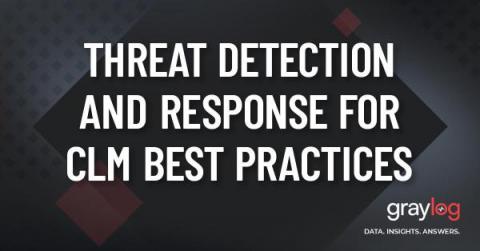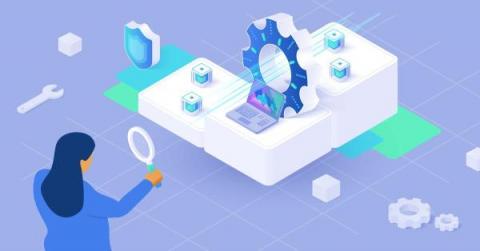Security | Threat Detection | Cyberattacks | DevSecOps | Compliance
Threat Detection
Cloud detection and response, a key asset for cloud security
2023 SANS Threat Hunting Survey Focusing on the Hunters and How Best to Support Them
Stronger Together, RSAC 2023: Navigating security events with cyber partners
Corelight Open NDR Now Helps Defend Black Hat Events
We are honored to announce that Corelight’s Open Network Detection and Response (NDR) solution has been chosen by the esteemed Black Hat Network Operations Center (NOC) to help defend their networks at Black Hat events worldwide. It’s a testament to the capabilities of our platform and the open source technologies that power it. We are honored to be among the distinguished vendors chosen to provide best of breed solutions for the NOC.
Threat Hunting Fundamentals: Why Network Data Should Be At Core of Your Process
Why SOCs Need AI Threat Detection
Getting the benefits of AI threat detection tools is becoming less of an option for security operation centres (SOCs). Last year, the UK experienced more cyber attacks than any other country in Europe. According to IBM’s X-Force Threat Intelligence Index report, nearly half (43%) of all cyber attacks in Europe targeted UK-based organisations.
Threat Detection and Response: 5 Log Management Best Practices
Introducing Calico Runtime Threat Defense-The most extensive security coverage for containers and Kubernetes
Containerized applications are complex, which is why an effective container security strategy is difficult to design and execute. As digitalization continues to push applications and services to the cloud, bad actors’ attack techniques have also become more sophisticated, which further challenges container security solutions available on the market.




